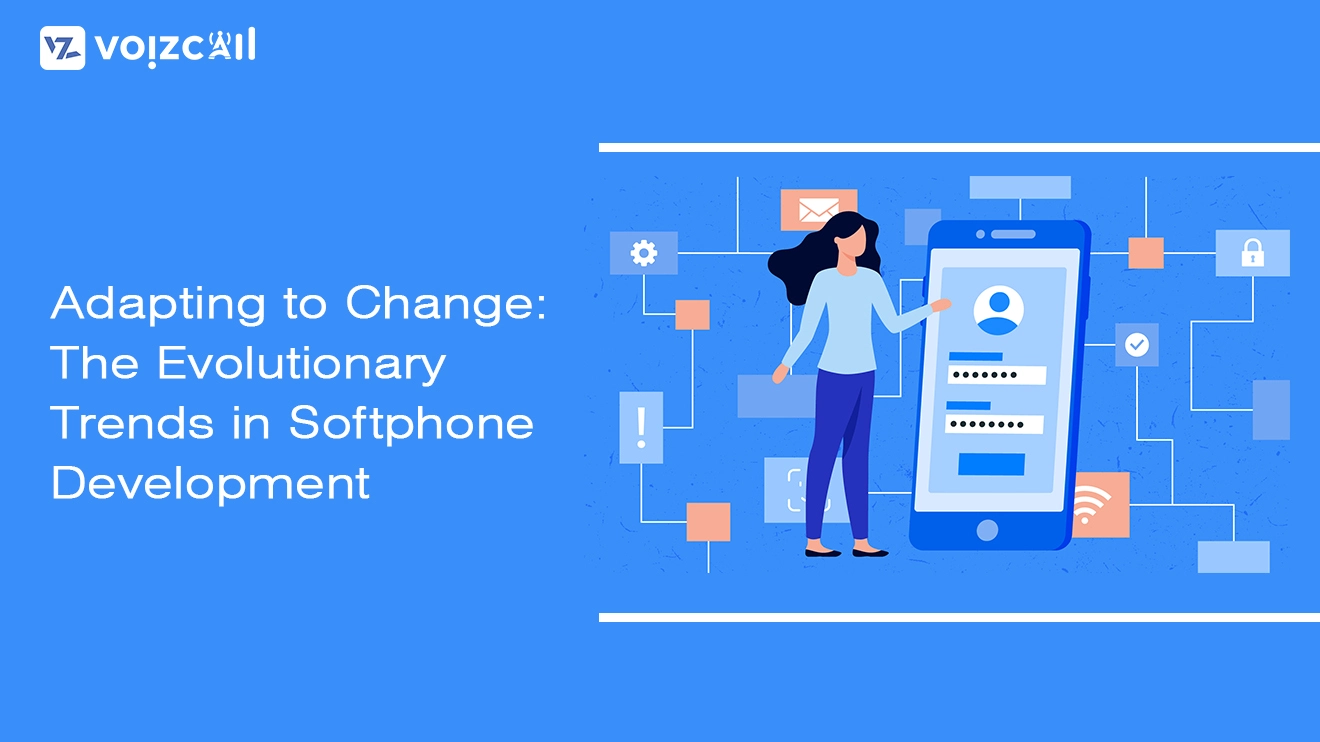


16/Jan/2024
In the ever-evolving landscape of communication technology, softphone development stands at the forefront, adapting to change and embracing evolutionary trends. This blog delves into the transformative journey of softphone development, highlighting key trends shaping the future of communication.
1. Integration of AI and Machine Learning: Softphone development has witnessed a significant shift with the integration of artificial intelligence (AI) and machine learning (ML). These technologies enhance user experiences by providing intelligent features such as automated call routing, sentiment analysis, and personalized recommendations.
2. Seamless Cross-Platform Compatibility: The demand for seamless communication across various devices has led to a trend in developing softphones with cross-platform compatibility. Users now expect a consistent experience whether they are on their desktop, tablet, or mobile device, prompting developers to prioritize unified solutions.
3. Enhanced Security Measures: As communication technology advances, so do security concerns. Modern softphone development emphasizes robust security measures, including end-to-end encryption and secure authentication protocols. This ensures that sensitive information exchanged during calls remains confidential and protected.
4. Integration of Unified Communication Features: Softphones are evolving into comprehensive tools by integrating unified communication features. Beyond voice calls, users can seamlessly engage in video calls, instant messaging, file sharing, and collaborative workspaces, creating an all-encompassing communication experience.
5. Cloud-Based Softphone Solutions: The adoption of cloud technology has revolutionized softphone development. Cloud-based solutions offer enhanced scalability, flexibility, and accessibility. Users can now access their softphones and communication data from anywhere with an internet connection, facilitating remote work and global collaboration.
6. Focus on User-Centric Design: User experience takes center stage in the evolving trends of softphone development. Developers are prioritizing user-centric design, intuitive interfaces, and customization options to ensure that softphones are not only functional but also enjoyable to use.
7. Integration with CRM and Business Tools: To streamline business processes, modern softphones are integrating seamlessly with customer relationship management (CRM) systems and other business tools. This integration enhances productivity by providing users with contextual information during calls and simplifying data management.
In conclusion, softphone development continues to evolve, driven by a commitment to adapt to changing communication needs. From the infusion of AI and machine learning to enhanced security measures and seamless cross-platform experiences, the trends in softphone development promise a future where communication is intelligent, secure, and effortlessly integrated into our daily workflows. Embracing these trends ensures that softphones remain at the forefront of facilitating effective and efficient communication in our dynamic digital landscape.